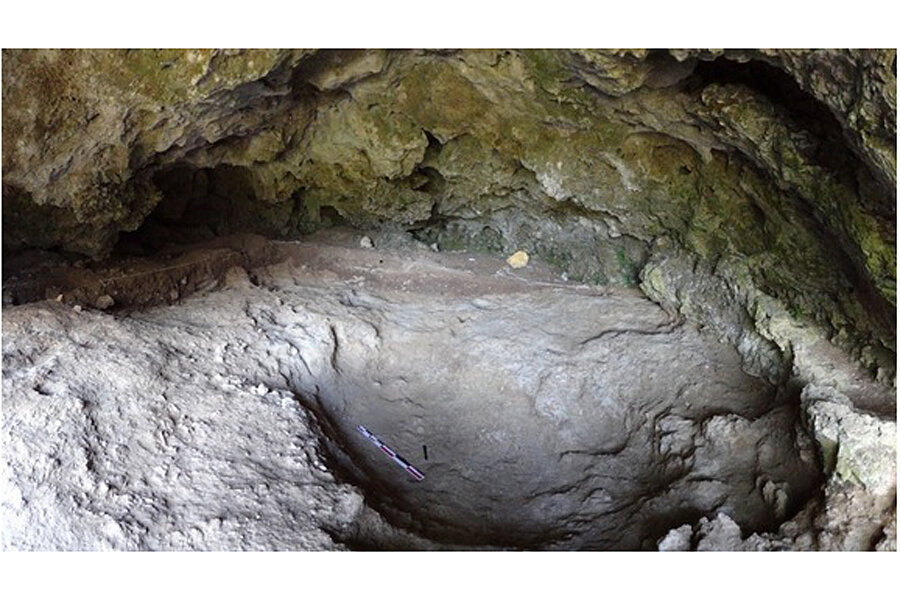Did the Neanderthals bury their dead?
Loading...
Are modern humans the only species that has ever dug graves? New research suggests the answer is no: Neanderthals also may have intentionally buried their dead. The new findings are further evidence that Neanderthals might have possessed complex forms of thought — enough for special treatment of the dead, scientists said.
The first potential discovery of a Neanderthal tomb occurred in 1908 at La Chapelle-aux-Saints in southwestern France. The well-preserved state of these 50,000-year-old bones led researchers to suggest that Neanderthals buried their dead well before modern humans arrived in western Europe. However, skeptics argued that the burials may not have been intentional.
Neanderthals were known to bury their dead in the Middle East. However, these burials dated to a time when contact with modern humans (Homo sapiens) might have occurred, suggesting that humans' Neanderthal relatives might not have come up with this idea on their own.
Still, in the past decade, a number of discoveries suggest that Neanderthals were capable of complex mental behavior, such as wearing decorative feathers. These findings could potentially support the idea that Neanderthals had minds complex enough to contemplate revering the dead enough to create tombs for them.
Grave controversy
To help end this controversy, between 1999 and 2012, scientists excavated seven caves at La Chapelle-aux-Saints, where the first known potential Neanderthal burial was discovered. [See Images of the Neanderthal Burial Pits]
"One of our major difficulties was convincing the scientific community that a site excavated 100 years ago might still be rich in information," said study lead author William Rendu, a paleoanthropologist at France's National Center for Scientific Research and New York University.
The researchers found more Neanderthal remains — two children and one adult — as well as some bison and reindeer bones. They did not find tool marks or other conclusive evidence of intentional digging of the earth at the site, but geological analysis of the 15-inch-deep (39 centimeters) pit where the remains were found suggested it was not a natural feature of the cave floor.
Moreover, when the scientists examined the Neanderthal remains found at the site in 1908, they discovered that unlike the bison and reindeer bones, the Neanderthal fossils had few cracks, no smoothing related to natural erosion from the environment and no signs of disturbance by animals. These traits suggest the Neanderthal was buried rapidly, and perhaps intentionally, to protect the bones.
"It is novel evidence that Neanderthals were able to develop, by themselves, some complex symbolic thought," Rendu told LiveScience. "The behavioral distance between Neanderthals and anatomically modern humans seems to become even thinner."
It remains uncertain what the precise meaning of this burial might have been, or if burial was a common practice among Neanderthals. "We need to compare this data to other possible burials from the same period and region," Rendu said. "The problem is that they all come from old excavations, and they all need to be reanalyzed and discussed."
Rendu and his colleagues detailed their findings online Dec. 16 in the journal Proceedings of the National Academy of Sciences.
Follow us @livescience, Facebook& Google+. Original article on LiveScience.
- Top 10 Mysteries of the First Humans
- Image Gallery: 3-Year-Old Human Ancestor Revealed
- The Science of Death: 10 Tales from the Crypt & Beyond
Copyright 2013 LiveScience, a TechMediaNetwork company. All rights reserved. This material may not be published, broadcast, rewritten or redistributed.







